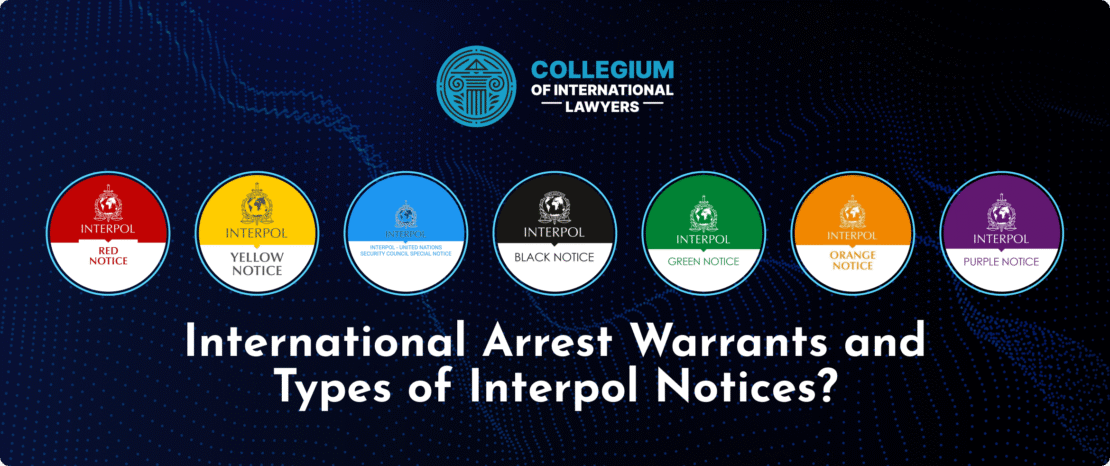
The Presidential Autopen Controversy: A New Era of Leadership or Erosion of Authenticity?
The use of autopen technology by U.S. presidents has led to a significant controversy over the authenticity and integrity of presidential communications. This practice, which allows a machine to replicate a president’s signature, has raised questions about the level of engagement and responsibility that current and future leaders hold in their duties. As we delve into this topic, it’s essential to understand both the historical context of the autopen’s use and its implications for modern governance. For a more in-depth analysis of this topic, visit presidential autopen controversy www.americanthinker.com/articles/2025/03/live_by_the_autopen_die_by_the_autopen.html. Throughout this article, we will explore various facets of the presidential autopen controversy, unpacking its origins, criticisms, and the broader implications for democracy.
The Historical Context of the Autopen
The autopen is not a recent invention; it has been in use since the early 20th century. It gained popularity during the presidency of John F. Kennedy, who frequently used it to sign a variety of documents, allowing for consistent and rapid responses to correspondence. The convenience offered by the autopen was undeniable, especially for a president with a busy schedule facing the challenges of the Cold War.
Over the years, many presidents have continued this practice, seeing the autopen as a tool that aids in governance by streamlining the signing process. However, as the technology has evolved, so too has public scrutiny of its implications. Critics argue that reliance on such tools can signify a disengagement from the responsibilities of leadership, while defenders maintain that it allows presidents to manage their time more effectively.
The Autopen’s Role in Modern Politics
In recent years, particularly during the COVID-19 pandemic, the reliance on autopen technology has only increased. With the limitations on in-person gatherings, the need for efficiency in signing legislation and executive orders has put the autopen back in the spotlight. Presidents often find themselves needing to sign numerous documents in a short amount of time, leading to justifications for the autopen’s usage.
The debate surrounding the autopen raises fundamental questions about the nature of presidential authority. When a president delegates the act of signing documents to a machine, does it undermine the authority of their office? Is there an inherent value in the personal touch of a handwritten signature? These questions become more pressing in a digital age where authenticity is continually juxtaposed with convenience.
Criticisms of the Autopen Practice
Critics of the autopen argue that by relying on machine-generated signatures, presidents abdicate a critical aspect of their role. The signature is often viewed as a symbolic act of leadership, a manifestation of decision-making and accountability. When this act is relegated to machinery, it can lead to a perception of detachment from the realities of governance.
Moreover, there are concerns that the prevalence of the autopen may foster a culture of complacency within the executive branch. If presidents can easily delegate essential tasks, there may be less incentive for them to engage deeply with the material they are signing. This can lead to poorly considered policies and legislation, undermining the democratic process.

Defending the Use of the Autopen
Despite the criticisms, many argue that the autopen is a practical necessity in the modern executive office. The demands placed on presidents are immense, and the ability to quickly sign off on legislation, diplomatic correspondence, and executive actions is crucial for effective governance.
Supporters also point out that the autopen does not remove the need for a president to engage directly with their advisors and staff before approving documents. In this light, the autopen can actually serve as a tool that allows presidents to focus on more pressing matters while still fulfilling necessary bureaucratic formalities.
Public Perception and Media Representation
The media plays a critical role in shaping public perception of the autopen controversy. Various articles and news pieces have highlighted instances of autopen usage, often accompanied by commentary on the implications for presidential accountability. Inevitably, this coverage can influence how citizens view their leaders and the authenticity of their administration.
As with any technology, the narrative surrounding the autopen is continually evolving. In an era where transparency and authenticity are highly valued by the electorate, the question becomes whether the autopen enhances or undermines the credibility of presidential actions.
Future Implications
Looking ahead, the controversy surrounding the presidential autopen will likely continue to be a topic of debate. As the pace of governance accelerates with technological advancements, there will be increasing pressure to adopt tools that streamline processes and ensure efficiency.
However, it is crucial for future leaders to carefully consider the message they send when utilizing such technology. In a time when public trust is paramount, maintaining a connection with the electorate through personal engagement may prove more valuable than mere convenience.
Conclusion
The presidential autopen controversy illustrates the tension between technology and authenticity in governance. As U.S. presidents navigate the complexities of modern leadership, the choice to use the autopen will elicit varying opinions among the public and scholars alike. Ultimately, the effectiveness of the autopen as a tool for governance will depend on the willingness of leaders to remain accountable and engaged with the issues facing their administration.
In summary, the autopen embodies both the challenges and opportunities presented by technology in the political arena. It is essential for those in power to strike a balance between utilizing modern advances and retaining the human touch that defines effective leadership. As the debate continues, one thing remains clear: the conversation surrounding the autopen will shape the future landscape of American presidential governance.
